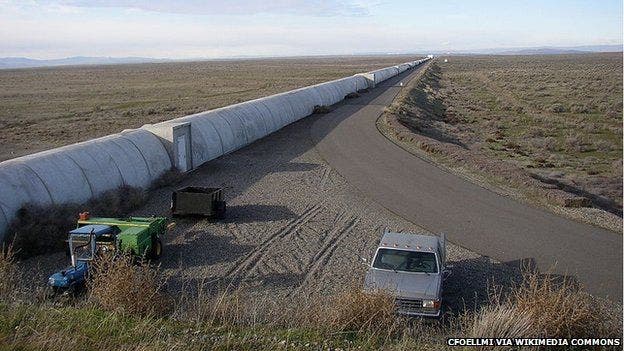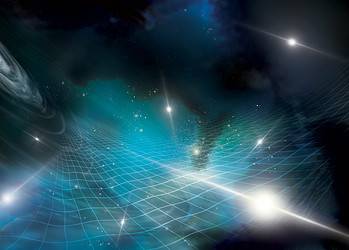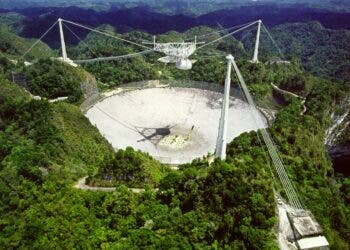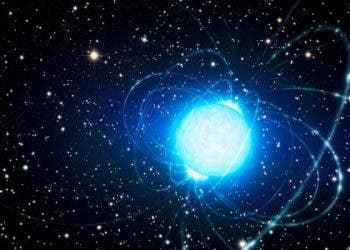A dedication ceremony was held today at the Advanced Laser Gravitational Wave Observatories (Advanced LIGO), a lab tasked with detecting gravitational waves. The two LIGO observatories located in the US’ northwest – one at Hanford, the other at the LIGO observatory in Livingston, La – have received significant upgrades meant to increase their sensitivity, part of a huge international endeavor which took eight years and $200 million to complete. The discovery of gravitational waves is heralded as a milestone breakthrough in physics and astronomy, one that might teach us a lot about the Universe. This includes supernovae and colliding black holes, that generate the waves.

Gravitational waves were first predicted by Albert Einstein in 1916 as a consequence of his theory of General Relativity. Basically, these are ripples in the fabric of space-time produced by violent events in the Universe, like an exploding star (supernova) or two colliding black holes. Gravitational waves are emitted by accelerating masses in much the same way as radio waves are produced by accelerating charges, such as electrons in antennas. LIGO researchers explain why it’s so important to detect the gravitational waves:
“This is an exciting time that is quite similar to when the astronomy community introduced radio astronomy,” said Denise Caldwell, NSF division director for physics. “In much the same way that radio astronomy added another dimension to how scientists could observe celestial phenomena, Advanced LIGO also offers yet another, different perspective. We have found that each time we open a new window of observation, we are able to make discoveries that lead us to a new frontier.”
Though scientists have yet to detect evidence of such events, there’s compelling evidence these in fact exist. In 1993, Russell Hulse and Joseph Taylor received the Nobel Prize after the two physicists measured the influence of gravitational wave emissions on a binary pulsar system. Their readings were in line with predicted results, providing indirect evidence of gravitational evidence.
“Every time we open a new window on the Universe, we make surprising discoveries,” said for the BBC Ken Strain, deputy director of the Institute for Gravitational Research at the University of Glasgow and principal investigator of the Advanced Ligo project team in the UK. “That was true for example with radio astronomy, which led quickly to the discovery of pulsars. And we expect the same with gravitational wave astronomy.
“Gravitational waves are produced by the bulk moving mass of an object. In the case of a supernova, this is the very core of the exploding star. And while today we can view a supernova optically with telescopes – we see the flash – we don’t really know how it is produced. But if we can detect the gravitational waves from that supernova, we’ll gain information directly about the underlying mechanisms.”
The LIGO Scientific Collaboration (LSC) is a group of some 950 scientists at universities around the United States and in 15 other countries. It was first opened in the 1980s, tasked with detecting gravitational waves using its two 4-kilometer length L-shaped devices known as “interferometers”. Inside these are vacuum tubes light fired by a high-power laser is split in two, each travelling back and forth along the length of the tubes, going between precisely configured and very sensitive mirrors located near the vertex and at the end of each arm of the “L.” The idea is that gravitational waves disturb the light (extremely slightly) and this should be measured when the light finally hits the detectors.

But there are so many factors and things that can compromise experiments when you’re dealing with such slight nudges. First of all, there’s a lot of noise that needs to be filtered out. Imagine that even the natural motion of the atoms that comprise the reflective mirrors needs to be weighed in and measured out. Luckily, LIGO researchers made models and algorithms that shift through immense amounts of data. Yet, the challenges are numerous and the risk of detecting false-positives is real.
In light of all this, the LIGO upgrade is very much welcomed. When Ligo was first established, it was capable of measuring disturbances in the set-up equivalent to one one-thousandth of the width of a proton. Now, the facility is 10 times more sensitive, which translates in an one thousand-fold increase in the number of astrophysical candidates for gravitational wave signals. The upgrade was designed by researchers at MIT and Caltech.
“Advanced LIGO represents a critically important step forward in our continuing effort to understand the extraordinary mysteries of our universe,” said NSF Director France A. Córdova. “It gives scientists a highly sophisticated instrument for detecting gravitational waves, which we believe carry with them information about their dynamic origins and about the nature of gravity that cannot be obtained by conventional astronomical tools.”
Last year, a team of researchers based at the BICEP2 facility in Antarctica reported they had gathered compelling evidence pointing to the existence of gravitational waves. The announcement was made, however, before another team measured the same readings independently and even before reviewers got a chance to peer-review their results. Later, researchers working with the Planck satellite made their own measurements and came to an entirely difference conclusion. They got way ahead of themselves and drew false hopes for nothing. LIGO might be a different matter entirely, and when gravity waves are found who knows what else we’ll learn about the Universe and, most importantly, ourselves.






